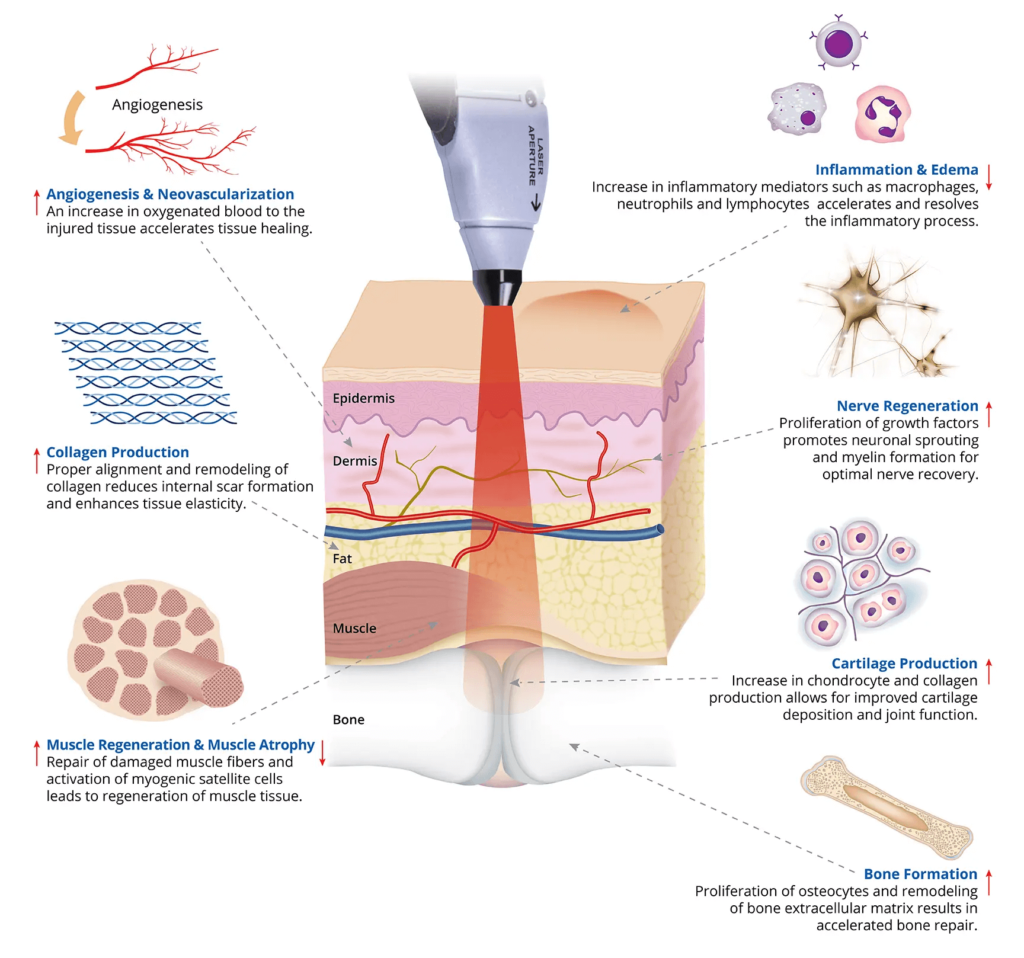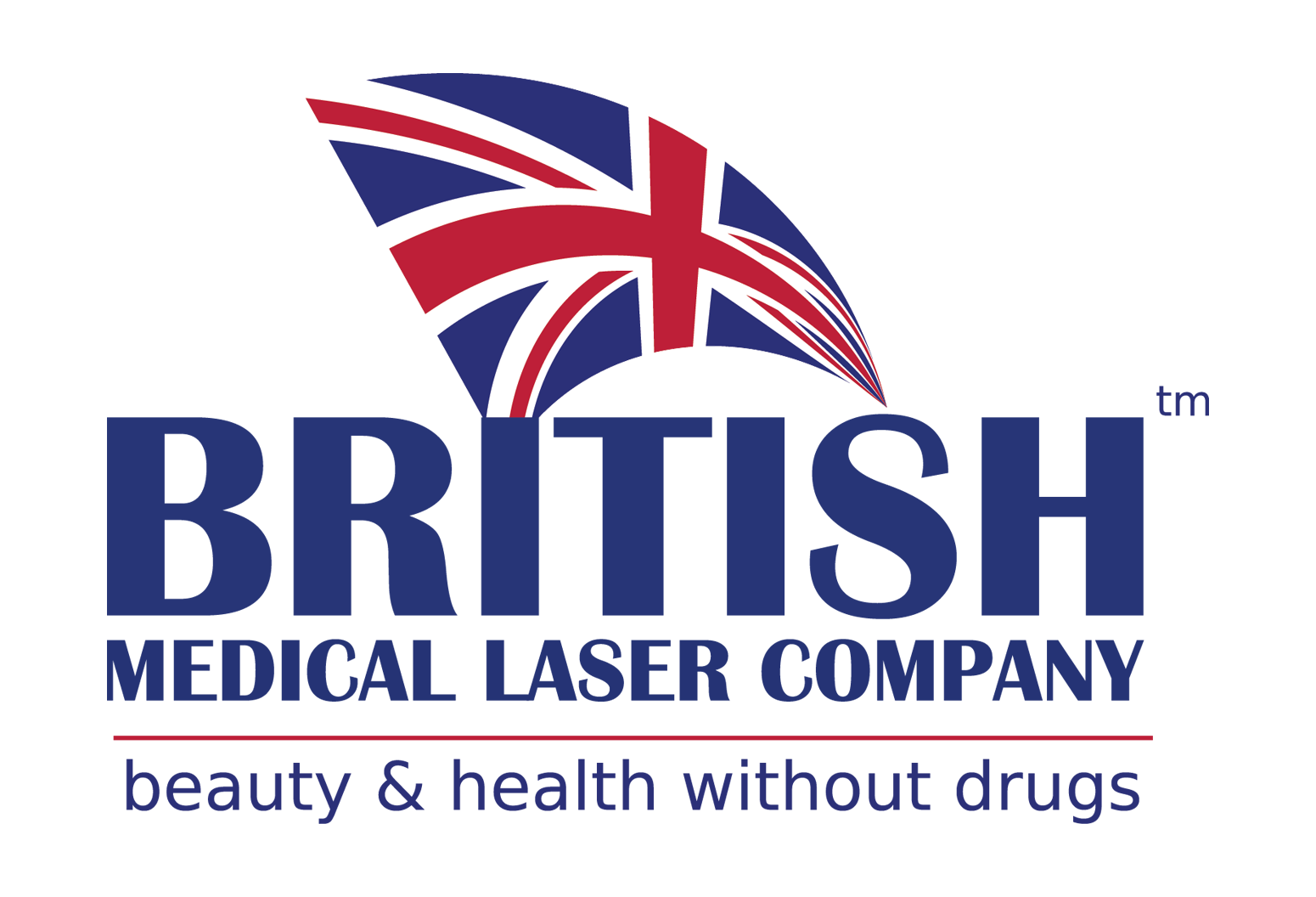
What is Laser Therapy?
Photobiomodulation Therapy (PBMT)
Laser Therapy is known by many terms, including cold or low-level laser therapy (LLLT). Recently, experts have chosen photobiomodulation therapy (PBMT) as a more accurate term that describes the therapeutic use of red and near-infrared wavelengths of light energy from laser OR light emitting diodes (LEDs) that interact with photoreceptors to produce photochemical reactions that have a positive effect on cellular metabolism and recovery from damage and inflammation.
British Medical 47 Laser Company™ is the only laser therapy company that utilizes powerful Class 3B lasers together with large surface arrays of bicolour LEDs that affect a large volume of circulating blood as well as underlying tissues resulting in both a powerful systemic and direct photobiomodulation effect.
Light Spectrum in Laser Therapy
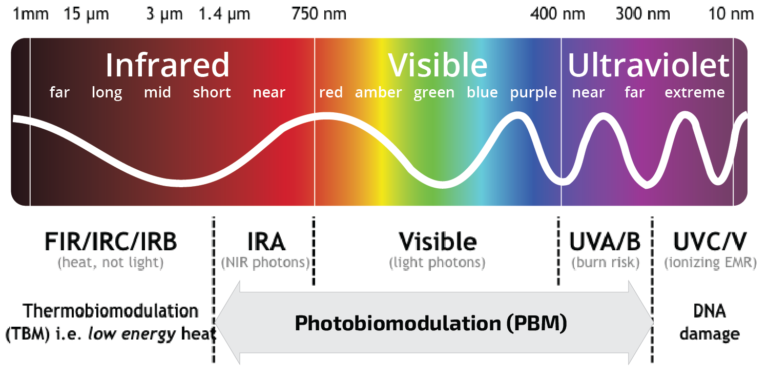
The effectiveness of wavelengths of light with respect to photobiomodulation therapy can be characterized by the action spectra of the target photoacceptors (e.g. cytochrome c oxidase), that determine the positive biological responses such as increased metabolism, cellular regeneration and immunomodulation.
The most clinically effective wavelength ranges are in the red (630-680 nm) and near infrared spectra (810-840 nm). Wavelength is one critical parameter of light among other factors such as dosage or energy density (J/cm2), treatment time and light delivery in pulses (cycles per second or Hz) in determining the efficiency of absorption, depth of penetration and ultimately the clinical outcomes. The effects of photobiomodulation are cumulative and can be clinically evident immediately after treatment or over a period of days.
Red Light
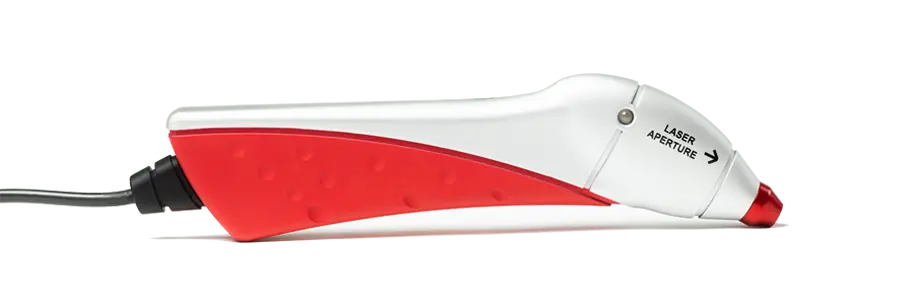
Since the introduction of the He-Ne laser (632.8 nm) in the 1960s, the positive effects of red light wavelengths (λ = 630-680 nm) have been established both in vitro and human clinical trials. These wavelengths are highly absorbed by cytochrome c oxidase, one of the terminal enzymes in the electron transport chain responsible for the creation of ATP. Cells and tissues under metabolic stress due to injury or disease will repair and recover much faster when exposed to these red wavelengths as a direct result of increased ATP production and increased cellular metabolism.
Red wavelengths are also absorbed to some degree by other photoacceptors in the skin including hemoglobin and melanin which limits the effective depth of penetration to the subcutaneous regions of the body (approximately 5-10 mm). Other wavelengths like violet and blue are so highly absorbed by skin photoacceptors that they barely penetrate the skin (1-2 mm) and thus are not used in Laser Therapy with the exception of treating superficial skin conditions like acne.
Red wavelengths principally in the 630-680 nm range are very beneficial for treating conditions that are relatively superficial such as subcutaneous bursitis, skin conditions like acne, psoriasis, hair loss and eczema as well as wounds and chronic ulcers. The large network of capillaries located in the subcutaneous region will also absorb red wavelengths resulting in a powerful immunomodulating effect by the activated white blood cells, stem cells and platelets. This is called a systemic or remote effect and it produces an anti-inflammatory and healing effect that is circulated by the activated white blood cells to injured and diseased tissues deep to the treated area. Even though red light does not penetrate deeply, it can still be a very powerful healing wavelength for deeper tissues provided the dosage of light is adequate. The more blood that is stimulated the stronger the systemic effect of photobiomodulation.
Infrared Light
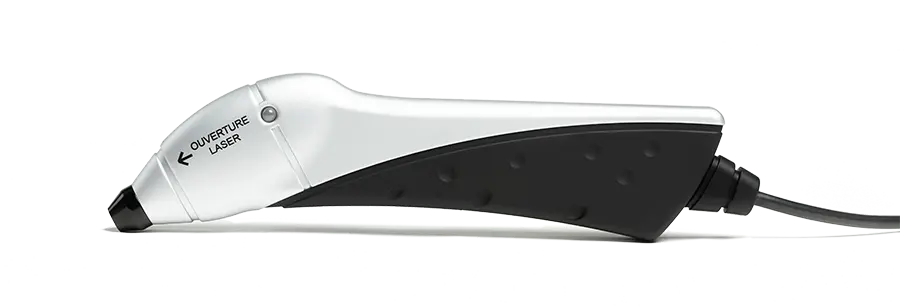
Near Infrared wavelengths are also known to be absorbed by cytochrome c oxidase and other photoreceptors that result in positive effects on cellular physiology. Tiina Karu was the one of the key researchers to establish the photoabsorption spectra of these photoacceptors as well as the ranges of wavelengths that result in optimal photobiomodulation. She observed near infrared wavelengths in the ranges of 810-840 nm were most active, making them more effective for deeper lying injuries and conditions associated with musculoskeletal conditions.
These near infrared wavelengths are much less absorbed by hemoglobin and other photoacceptors that prevent light from penetrating more deeply. As a result, light in the range of 810-840 nm are considered to be the most transparent of the wavelengths used in photobiomodulation therapy allowing for much deeper effective penetration of several cm. The actual clinical effective depth of penetration varies as a result of factors like skin colour, tissue density, power, treatment time and using contact technique.
Tissues like bone, tendon, muscle, adipose and ligament vary with respect how much light can effectively penetrate and accumulate to a dosage high enough to result in a photobiomodulation effect. When trying to elicit a direct photobiomodulation effect on these types of tissues, near infrared wavelengths (810-840 nm) are the most effective and are the “go to” wavelength range to heal these deeper tissues. Using greater power is one way to increase the dosage more quickly in these deeper tissues. However, as power increases so does the potential for an inhibiting thermal effect. Of course higher power also means shorter treatment times which results in fewer target photoacceptors being stimulated. Research has shown longer illumination times result in a greater therapeutic effect. The consensus on how to achieve an optimal photobiomodulation healing effect is a balance of high enough power with longer treatment times.
Musculoskeletal Injuries
The most common applications are muscle strains, ligament sprains, tendinopathies, cartilage tears bursitis and other injuries to the musculoskeletal system. Whether it’s a sports injury, overuse condition, or an accident, the goal of treatment is to accelerate the healing process and decrease symptoms which allows the clinician to initiate manual and exercise therapies much sooner.
Wound Healing
Laser Therapy has been proven to accelerate surgical wound healing, dermal ulcers, diabetic lesions and all other recalcitrant wounds. This results in increased angiogenesis, neovascularization, collagen secretion and decreased inflammatory exudate and provides epithelization of the wound, improved arterial perfusion and, regeneration of the local and regional tissues.
Arthritis
Chronic progressive forms of joint degeneration can be effectively managed with BMLC Laser Therapy. All of the arthritides from early to late stages will respond to treatment resulting in decreased pain, inflammation, stiffness and edema. Research has even shown repair and regeneration of eroded hyaline cartilage when exposed to Laser Therapy.
Nerve Healing
From diabetic neuropathy to discogenic radiculopathy to carpal tunnel syndrome, BMLC Laser Therapy can accelerate nerve healing and decrease paraesthesia and nerve pain as a result of direct absorption of light. Many peer reviewed clinical trials and lab studies have proven Laser Therapy is an effective therapy for nerve healing and has no known side effects.
Clinical Effects of Laser Therapy
